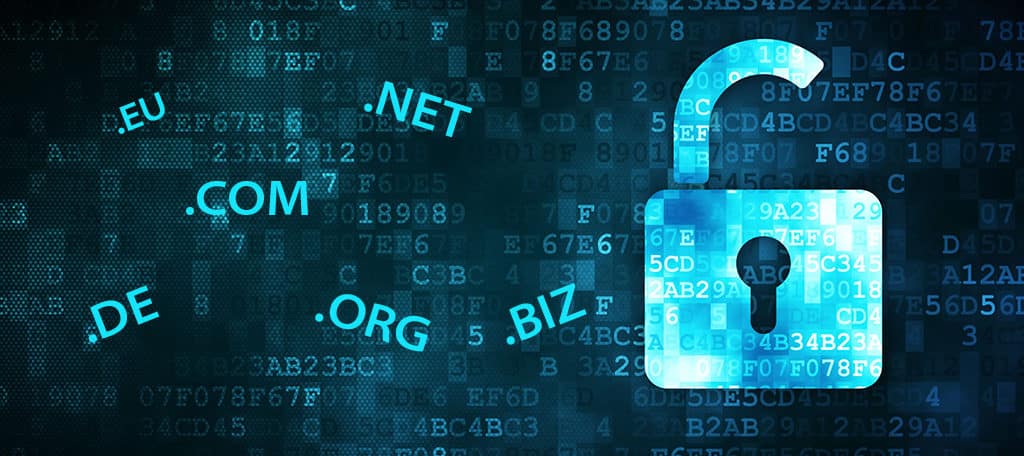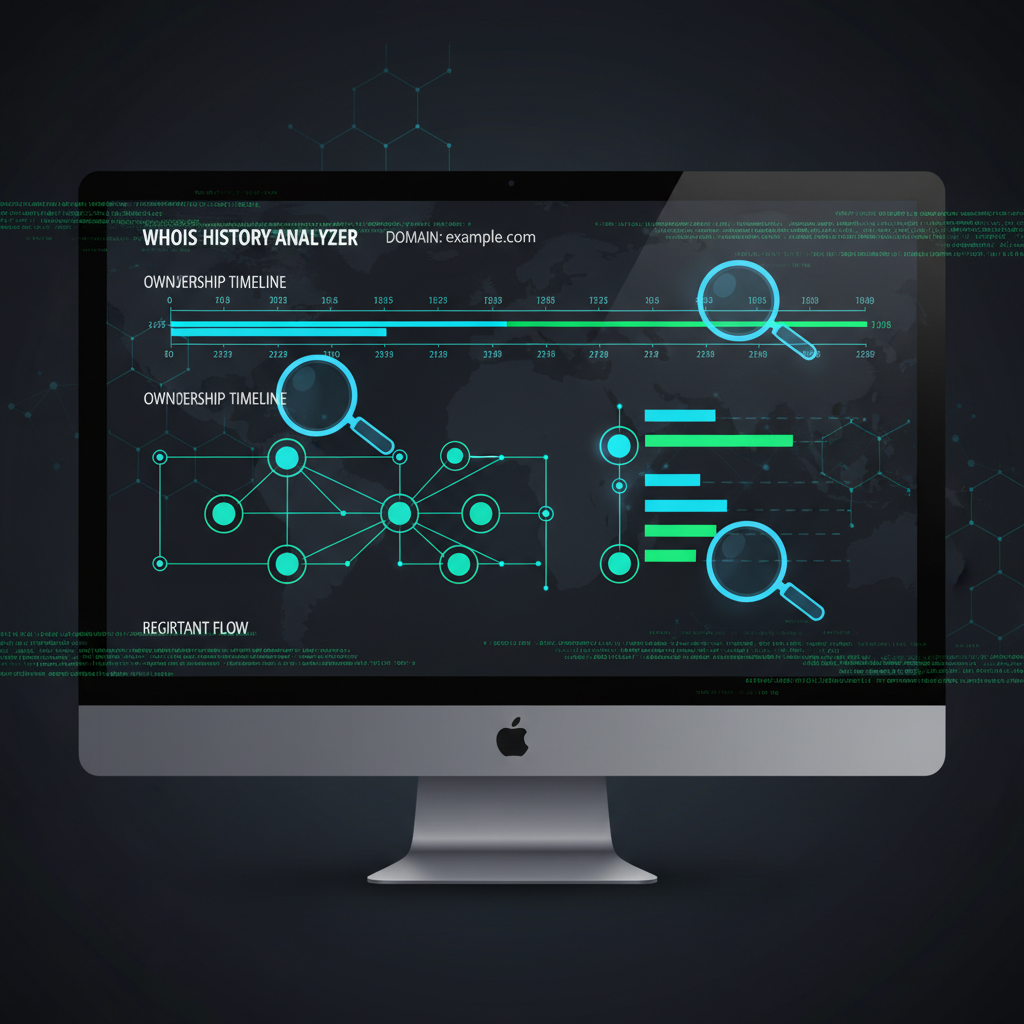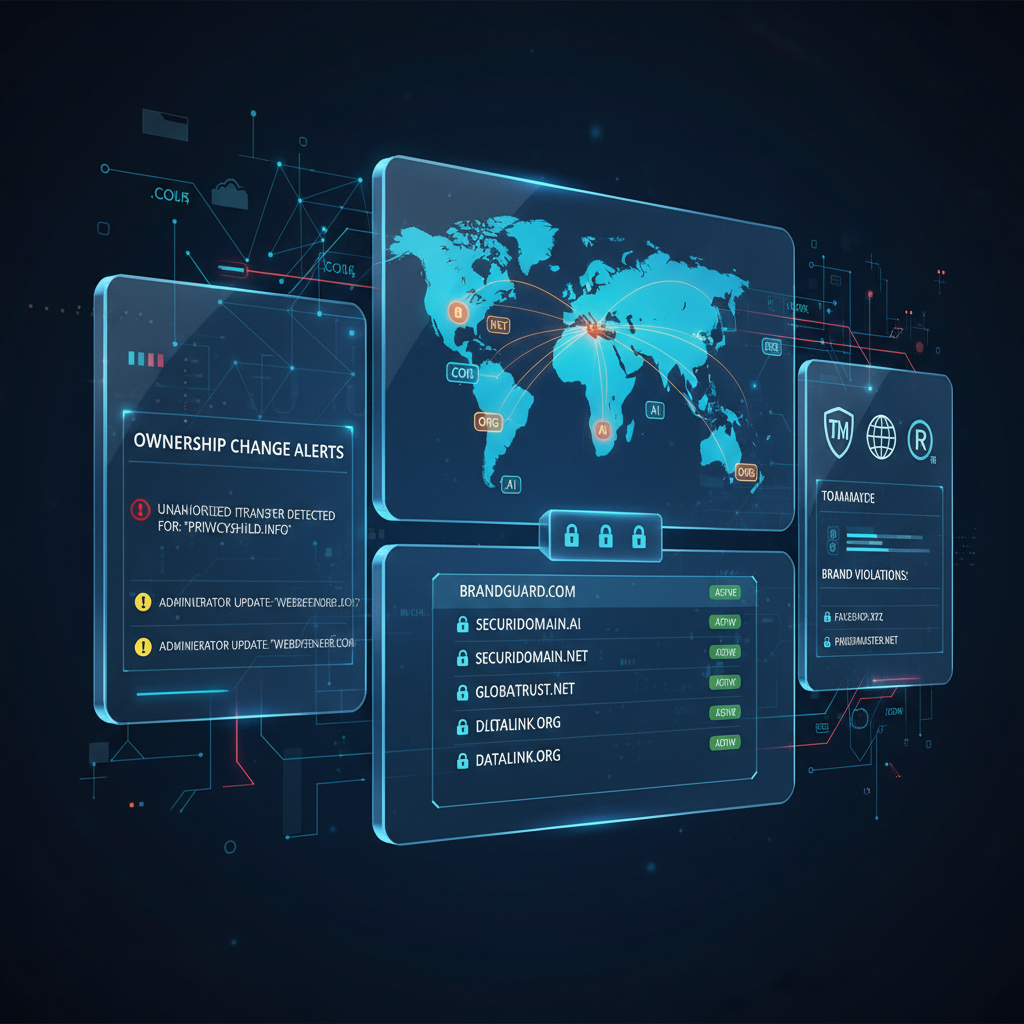This F.A.Q. covers a wide range of topics related to WHOIS, addressing common queries and offering valuable insights into its functioning and applications. Whether you’re a beginner or an experienced user, this F.A.Q. serves as an authoritative guide to enhance your understanding of this essential Internet protocol.
What information is listed by WHOIS?
The information listed by WHOIS for a domain typically includes the following details:
- Domain Name: The specific domain name for which you are looking up information.
- Registrar: The domain registrar that the domain is registered through.
- Registration Date: The date when the domain was originally registered.
- Expiration Date: The date when the current registration period is set to expire. Domain owners need to renew their registration before this date to maintain ownership.
- Updated Date: The last date on which the domain registration information was updated.
- Name Servers: The domain’s authoritative name servers, specify the DNS servers responsible for the domain’s DNS records.
- Registrant Information: Details about the person or entity that registered the domain. This may include the registrant’s name, organization, address, email, and phone number.
- Administrative Contact: Information about the person or entity responsible for the administrative aspects of the domain. This contact may have the authority to make changes to the domain’s settings.
- Technical Contact: Information about the person or entity responsible for the technical aspects of the domain, such as managing DNS settings.
- Billing Contact: Information about the person or entity responsible for billing-related matters associated with the domain registration.
It’s important to note that the level of detail in WHOIS records can vary. Some domain owners choose to use privacy protection services provided by registrars to mask their personal information, replacing it with generic contact information. This helps protect the privacy of the domain owner while still complying with domain registration requirements. Additionally, country-code top-level domains (ccTLDs) may have specific requirements and variations in the information they display in WHOIS records.
Who owns the WHOIS database?
The WHOIS database is not owned by a single entity. Instead, it is a decentralized system consisting of multiple domain registrars and registries. These entities manage and maintain information about domain registrations, including details about domain owners, administrators, and other relevant information.
When you register a domain name, you provide information such as your name, address, email, and phone number. This information is then stored in the WHOIS database. Different domain registrars and registries manage the data for specific top-level domains (TLDs) like .com, .org, .net, etc.
ICANN (Internet Corporation for Assigned Names and Numbers) is a key organization overseeing the domain name system, and it sets policies and guidelines for domain registration. ICANN accredits domain registrars, and these registrars interact with the WHOIS database to update and retrieve domain registration information.
It’s important to note that there have been discussions and changes regarding WHOIS privacy and data protection, as some individuals may prefer to keep their contact information private. Many registrars offer WHOIS privacy services that mask the registrant’s personal details in the public WHOIS database while still complying with ICANN regulations.
Who maintains WHOIS records?
WHOIS records are maintained by domain registrars and registries. Here’s a breakdown of their roles:
Domain Registrars: These are companies or organizations accredited by the Internet Corporation for Assigned Names and Numbers (ICANN) or other domain authorities to sell domain names to the public. When you register a domain through a registrar, they collect your registration information, which includes details like your name, address, email, and phone number. The registrar then submits this information to the respective domain registry.
Domain Registries: Registries are entities responsible for managing specific top-level domains (TLDs). Examples of TLDs include .com, .org, .net, and country-code TLDs like .us (United States), .uk (United Kingdom), etc. Registries maintain the master database of all domain names registered under their TLD. They also manage the WHOIS database for the corresponding TLD.
When you perform a WHOIS lookup for a domain, the query is sent to the registry responsible for that specific TLD. The registry then provides the information stored in its WHOIS database, including details about the domain owner, registration and expiration dates, and other relevant information.
It’s worth noting that in recent years, there have been changes and discussions regarding WHOIS privacy and data protection. To address privacy concerns, many registrars offer WHOIS privacy services, also known as domain privacy or WHOIS masking. This service allows domain owners to keep their personal information private by replacing their contact details in the public WHOIS database with generic information provided by the registrar.
What is the difference between DNS and WHOIS?
Performing a Domain Name lookup, commonly known as WHOIS, allows retrieval of domain registration data, including details about the domain owner. It’s essential to distinguish between a Domain Name Server (DNS) lookup and a Domain Name lookup. While a DNS lookup retrieves the IP address linked to a Domain Name, the latter provides information about the domain registration.
What is a WHOIS server?
An ICANN-accredited registrar establishes a Whois server to access current information regarding the domains registered under its purview. Each ICANN registrar is required to maintain a Whois server in accordance with the ICANN agreement.
What are ccTLD’s and gTLD’s?
A top-level domain (TLD) is one of the highest-level domains in the hierarchical Domain Name System of the Internet, denoted by extensions like .com, .biz, .uk, etc. Who.is provides information on a wide range of domains, encompassing country code top-level domains (ccTLDs) and generic top-level domains (gTLDs). Generic TLDs, including .COM, .NET, .EDU, and .GOV, are the most common domain extensions. On the other hand, ccTLDs represent specific countries but can be creatively distinctively used to brand businesses.
What is the purpose of using WHOIS?
WHOIS (pronounced as “who is”) is a query and response protocol utilized for accessing databases containing information about registered users or assignees of Internet resources. These resources encompass domain names, IP address blocks, and autonomous systems, but the protocol is also applied to retrieve a broader range of other information.
What protocol does WHOIS use?
WHOIS is a transaction-oriented query/response protocol based on TCP, extensively employed to deliver information services to Internet users. Initially designed to offer “white pages” services and details about registered domain names, its current implementations encompass a significantly broader spectrum of information services.
What is the function of the whois command?
The primary function of the whois command is to retrieve information about domain names, IP addresses, and users on the internet. It queries databases that contain registration details, ownership information, contact information, and sometimes technical data associated with a particular domain, IP address, or user. This command helps users obtain information about internet resources, such as domain registrars, registration dates, contact details, and other relevant data related to a specific domain or IP address.



